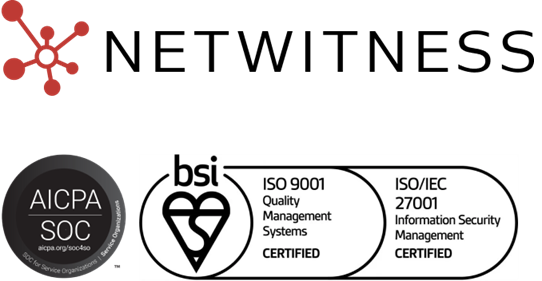What is Threat Management?
Threat management is the end-to-end process of identifying, assessing, and responding to security risks that can compromise an organization’s data, systems, or operations. By using tools and practices such as monitoring, analytics, and automated response, effective threat management reduces the impact of cyberattacks and helps keep critical assets safe.
Common approaches include cyber threat management, security threat management, and specialized solutions like a threat management gateway or a unified threat management system that bundles firewall, intrusion detection, and antivirus into a single platform.
Synonyms
- Risk Management
- Incident Response
Why Threat Management Matters?
Organizations face an expanding attack surface and increasingly sophisticated adversaries. Strong threat management:
- Reduces dwell time by quickly spotting malicious activity
- Protects sensitive data and intellectual property
- Meets compliance and regulatory requirements
- Lowers the cost and disruption of security incidents
Without a coordinated cyber security threat management strategy, even small vulnerabilities can lead to major breaches.
How Threat Management Works?
A mature threat management program typically includes these key components:
- Threat Detection – Continuous monitoring of networks, endpoints, and cloud environments to spot anomalies
- Threat Analysis – Investigating alerts to understand scope, severity, and root cause
- Response & Mitigation – Containing threats through automated playbooks, patching, or manual intervention
- Recovery & Lessons Learned – Restoring systems and updating defenses to prevent recurrence
Organizations may deploy dedicated platforms, leverage threat management services, or adopt a unified threat management system to streamline these steps.
Best Practices to Strengthen Threat Management
To build an effective program:
- Establish 24/7 Visibility: Use advanced monitoring and analytics to detect threats in real time
- Automate Where Possible: Integrate SOAR tools to speed investigation and response
- Prioritize Based on Risk: Focus resources on high-impact vulnerabilities
- Regularly Test and Update: Conduct penetration tests and update defenses as attacker tactics evolve
These practices help align cyber threat management efforts with business priorities.
Related Terms & Synonyms
- Cyber Threat Management – The broader practice of identifying, analyzing, and responding to cyber risks affecting digital assets.
- Security Threat Management – Focused on securing networks and systems against threats, often overlapping with cyber threat management.
- Unified Threat Management System – An integrated platform combining multiple security services into a single solution for simplified monitoring and response.
- Threat Management Services – Outsourced or managed solutions that help organizations detect, investigate, and respond to security threats efficiently.
NetWitness delivers advanced security threat management capabilities that help security teams detect, investigate, and respond to threats across networks, endpoints, and cloud environments. With deep visibility and automated analytics, NetWitness empowers organizations to stay ahead of cyberattacks and strengthen their overall cyber security threat management posture.
People Also Ask
1. What is a threat management gateway?
Network Detection and Response, or NDR, is a security approach that continuously monitors network traffic to uncover suspicious activity. It helps organizations detect hidden threats and data breaches in real time.
2. Which network detection and response tool is best for security?
The best NDR tools give deep traffic visibility, strong analytics, and easy integration with SIEM or EDR. NetWitness® Network stands out with full packet capture, metadata enrichment, and advanced detection to uncover hidden threats.
3. What does NDR stand for?
NDR stands for Network Detection and Response. In practice, it’s a cybersecurity method designed to monitor network activity, detect malicious behavior, and give security teams the insight they need to act quickly.
4. What is NDR in cyber security?
NDR in cybersecurity refers to the use of traffic analysis and machine learning to catch threats moving across the network. It closes the gaps that firewalls, intrusion prevention systems, and endpoint tools might miss.
5. What is the purpose of NDR?
- Provide continuous visibility into network traffic.
- Detect advanced threats that evade traditional security tools.
- Help analysts investigate suspicious activity with context-rich data.
- Enable faster, more accurate incident response.
6. How does NDR work?
NDR works by capturing and analyzing raw network traffic (packets and metadata).
It uses a combination of:
- Traffic analysis: Monitoring communication patterns and anomalies.
- Machine learning: Identifying unusual behavior that indicates threats.
- Threat intelligence: Correlating activity with known attacker techniques.
- Analytics and alerts: Surfacing high-fidelity alerts for security teams.
When integrated with SIEM and SOAR, NDR closes the visibility gap across the entire attack surface.




